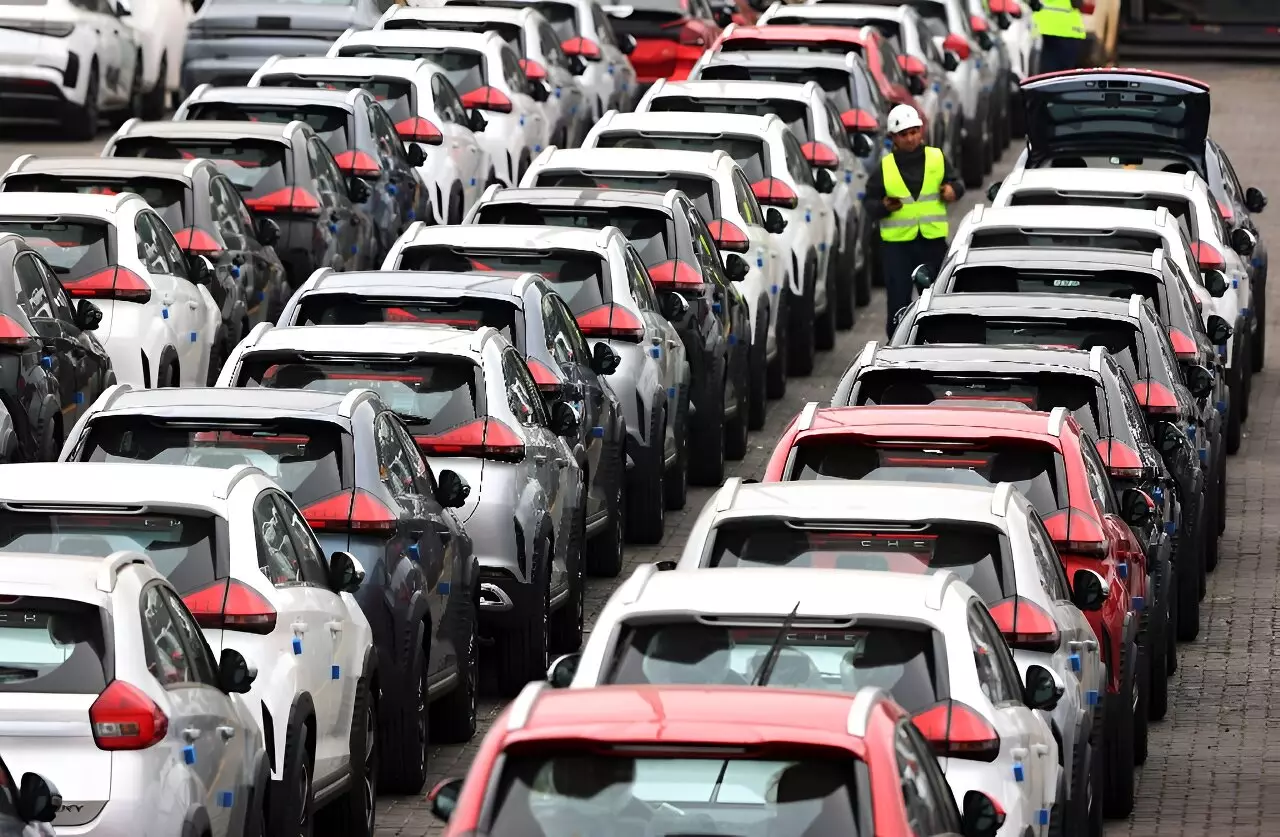Chilean truck driver Claudio Perez’s initial skepticism towards Chinese-made cars quickly faded when he made his first purchase two years ago. Like many others in Latin America, he was initially unsure about the quality of these vehicles. However, the combination of affordable pricing and fast delivery times won him over. Perez is now a loyal advocate for Chinese cars, a trend that has been on the rise in recent years.
Chinese car sales in Latin America have seen exponential growth, with the Asian economic giant surpassing the United States and Brazil in terms of market share. In 2019, Chinese car sales in the region amounted to $2.2 billion, a figure that soared to $8.5 billion last year. These sales accounted for 20 percent of all car purchases in Latin America, highlighting the significant impact of Chinese automakers in the region.
Analysts attribute the success of Chinese car manufacturers in Latin America to their commitment to offering competitive prices without compromising on quality. In the electric vehicle market, Chinese companies have established a dominant position, capturing 51 percent of all sales. Notably, almost all electric buses in the region are manufactured in China, showcasing the country’s leadership in clean energy technology.
Unlike in the United States and Europe where protective import tariffs have hindered Chinese car sales, Latin America has proven to be a fertile ground for expansion. In countries like Chile, Mexico, and Brazil, Chinese cars have gained significant traction, with consumers embracing the affordability and technological advancements offered by these vehicles. The introduction of cleaner engine technologies has also had a positive impact on pollution levels in major cities across the region.
Experts like Sebastian Herreros from the Economic Commission for Latin America and the Caribbean (ECLAC) believe that the rapid adoption of electro-mobility is crucial for the region’s future. Chinese car manufacturers are at the forefront of this transition, offering innovative solutions that address environmental concerns and provide accessible transportation options for the middle- and low-income population. With their continued focus on quality, technology, and design, Chinese cars are poised to shape the automotive landscape in Latin America for years to come.


Leave a Reply